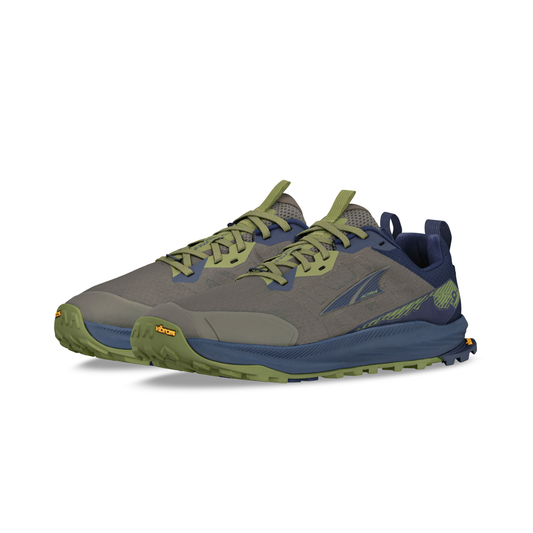Minimalist shoes, often referred to as "barefoot" or "barefoot," can be considered by many as "peculiar." Many people, upon first seeing barefoot or "five-toe" shoes, with their unconventional appearance, may not immediately consider their potential benefits. It might even seem strange that such lightweight, supportless shoes could be beneficial to the feet, contradicting traditional preconceived ideas.
However, it's clear that current approaches to treating foot pain, such as rigid shoes, corrective surgeries, and insoles, aren't a solution but merely a band-aid. It may be time to consider an alternative.
In this article, we'll delve into minimalist shoes to demonstrate their benefits and understand why they can be a practical solution for common foot conditions. Want to get started on your path to healthier feet now?
Why should I consider switching to barefoot shoes?
Various research and studies suggest that minimalist shoes can help improve foot health and strength. By allowing the feet to move more naturally, these shoes can help develop foot muscles, improve posture, and reduce the risk of injury.
Additionally, transitioning to minimalist shoes can alleviate some common foot conditions, such as bunions, plantar fasciitis, and neuromas. Some people have even reported improvements in balance, agility, and overall sense of connection to the ground.
It's Natural
Feet have carried humans through life without additional support for thousands of years. The need for constant foot support in the form of orthotics and rigid shoes is a modern plague primarily affecting the developed world. But science shows us that our feet are not fundamentally flawed. Rather, our modern lifestyle is.

Excessive sedentary lifestyle combined with restrictive shoes from an early age restricts our ability to move. Considering "foot pain" as a symptom of a larger problem makes orthotics sound more like a temporary pain reliever than a real solution. Free feet are natural feet, so we should look for ways to restore that function, rather than hiding our problems.
The Feet are the Base
The function of our feet has a huge impact on our bodies. There's a kinetic chain that runs from our big toes, through our arches, up our legs to our hips and spine, affecting everything we do as human beings.
If your feet can't move enough to activate the rest of the chain, you'll face a host of problems you probably didn't realize were related to your feet, such as knee pain, back pain, and so on. Sometimes the opposite also happens: a problem with your pelvis could be the reason for your painful big toe.
If you're here because you have foot pain, you've probably realized how much it can impact your life. Feet are a seriously underrated part of our bodies, and paying attention to them will benefit us in the future.
They are current
Okay, some minimalist shoes may seem strange. But thanks to a changing trend, many are now fashionable! In recent years, the market has grown rapidly, and today there's a shoe for every person and every occasion. We're talking weddings, work, date nights, for men, women, kids, and teens. Just stop by our store to discover them!
We Use Them Every Day
The simple act of choosing better shoes is a decision, but it affects your body time and time again. For us, minimalist shoes are a one-way street: once you experience freedom, there's no turning back. Think of all the steps you take every day and how this small decision can have a huge impact on your well-being.
What about foot support?
The idea of minimalist shoes may seem contradictory. We've often been told that our feet need support to prevent pain and injury. But what if what we really need is greater strength and flexibility in our feet instead of more support?
Excessive support in shoes can cause the muscles in your feet to become lazy, which in turn can lead to weakness and injury. Minimalist shoes, on the other hand, allow your feet to function as they're supposed to, strengthening them with every step you take.
How to get started?
Making the transition to minimalist shoes requires a gradual and careful approach. It's important to start slowly and allow your feet to get used to this new style of shoes.
Here are some tips for making the transition from traditional to minimalist shoes:
- Start with short sessions of use, perhaps just a few hours a day, and gradually increase the amount of time you wear barefoot shoes.
- Gradually decrease the thickness of the sole and increase the width of the toe.
- Consider incorporating small foot strengthening exercises into your daily routine.
- Listen to your body and make any necessary adjustments.



